The sheer range of stuff available in a typical bike shop can be bewildering. What’s a hydration bladder? Why might you need a turbo trainer? Are mudguards really necessary?
In reality, many people cycle happily in their normal clothes, possibly with just a rucksack to carry things.
But if you do ride regularly, whether to keep fit or for commuting, there are a number of cycling accessories that can make your time on two wheels easier, safer and more comfortable. Some are essential, while others are nice to have.
A lock
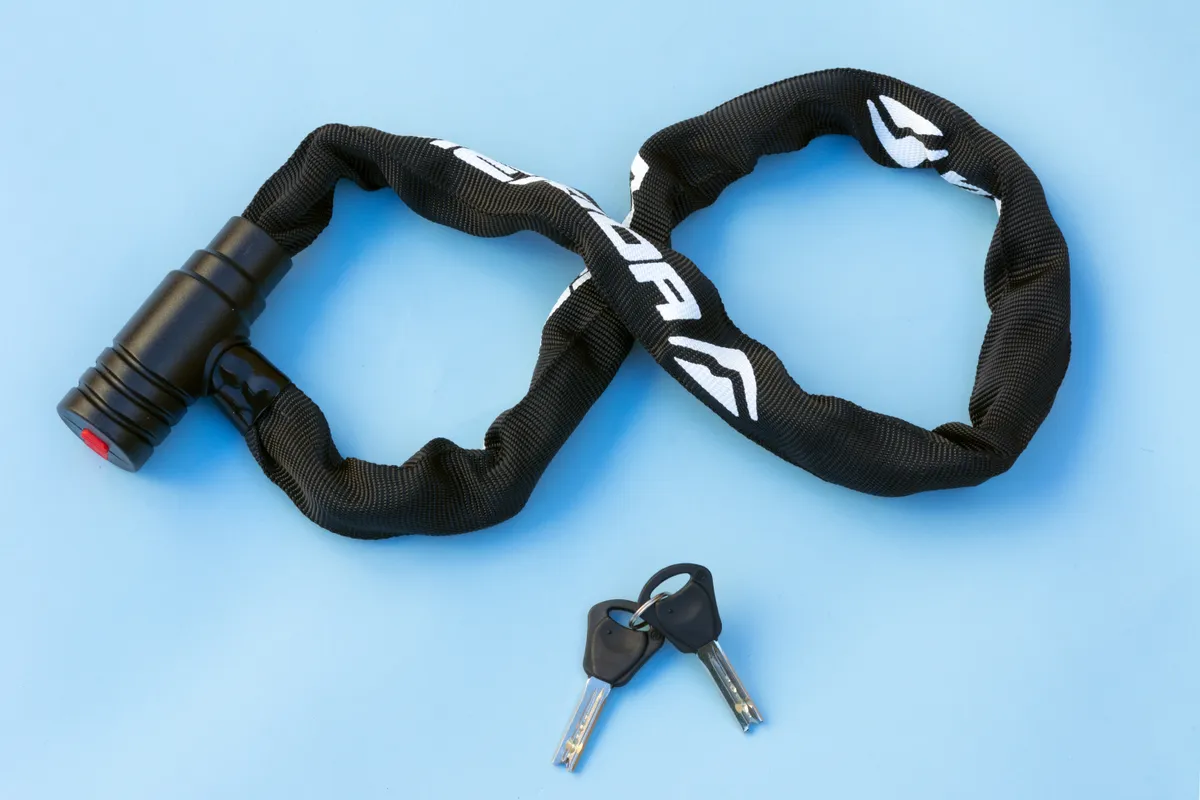
If you leave your bike on the street at all, you’re going to need to lock it up. This is one area where you truly get what you pay for: good locks are not cheap, but the best ones will resist anything short of power tools, and so make a thief look elsewhere.
It’s impossible to be certain how good a lock is just by looking at it. Sold Secure provides independent ratings for locks – gold, silver and bronze – and can offer some peace of mind as to the quality of a lock.
Many bicycle insurance policies require the use of a Sold Secure-rated lock. If you do want to insure your bike(s), read our guide to finding the best bicycle insurance for you.
If you need to leave your bike on the street, or need to secure your bike at home, investing in a quality lock is a small price to pay to avoid the inconvenience of a long walk home and, more significantly, the cost of a new bike. For more buying advice and our top-rated picks, see BikeRadar’s round-up of the best bike locks.
Featured product: Merida Chain Lock
Luggage
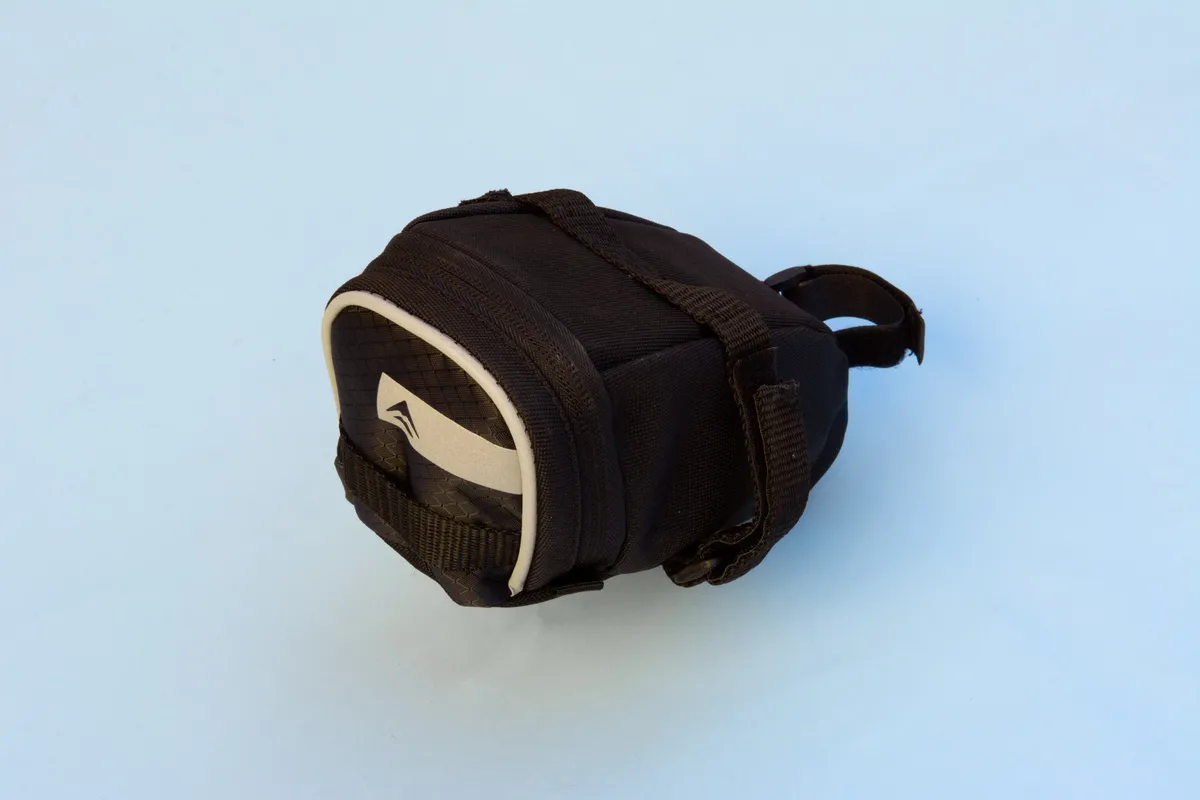
There are many options when it comes to cycling luggage for carrying things on a bike, from a simple saddle bag for essential spares, to a full set of racks and panniers loaded with enough gear to cross continents. What’s best depends on the type of riding you’re doing.
A saddle bag is, as the name suggests, a bag that attaches to the underside of your saddle. It’s typically compact and can be used to carry the kind of spares you might need in the event of a roadside mechanical.
You can also use it to stash a banknote, in case you need to make an unexpected purchase or forget your wallet on a ride, and maybe an energy gel – to stave off an unexpected hunger knock!
For riding around town, consider a small, compact rucksack with compression straps to keep the contents stable, or a courier-style shoulder bag. Some brands offer cycling backpacks with additional features like reflective detailing and attachment points for lights.
Bags on your body have the advantage of easily coming with you off the bike, but the disadvantage that they can make you sweaty. For some people, the combination of a rucksack and the drop handlebars found on a road bike is simply uncomfortable.
If your rides are longer, then the best way is to let the bike take the load. A rack and panniers will give you lots of capacity for office essentials, shopping or even a weekend away.
If you’re going off road or ride a bike that doesn’t have eyelets for a rack, then bikepacking bags offer plenty of carrying capacity and the option to load gear in various positions across the bike.
Everything needs to stuff into the bags though, so they're not so good for bulky, inflexible items.
- Featured product: Merida Hook and Loop Saddle Bag
Front and rear lights
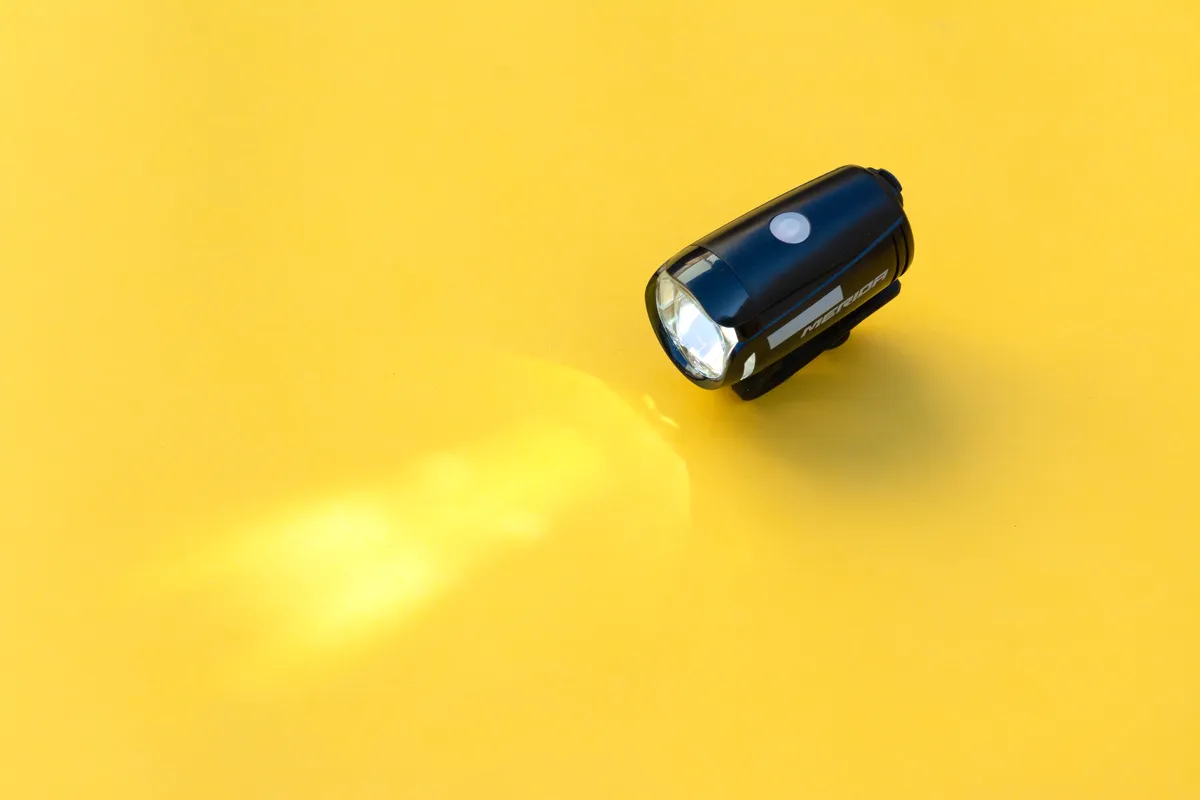
Essential if you’re cycling at night – or there’s even a chance of getting caught out after dark – lights can do two jobs: make you visible and illuminate the road.
In the city, there’s likely to be enough ambient light that you just need small, fairly bright units so other road users can see you, and they can be combined with reflectors to increase your profile.
For unlit roads, you need something more powerful. In the last few years, the development of extremely efficient, bright LEDs and lithium-ion rechargeable batteries has resulted in compact lights that pack incredible power.
- Featured product: Merida Front Light 25
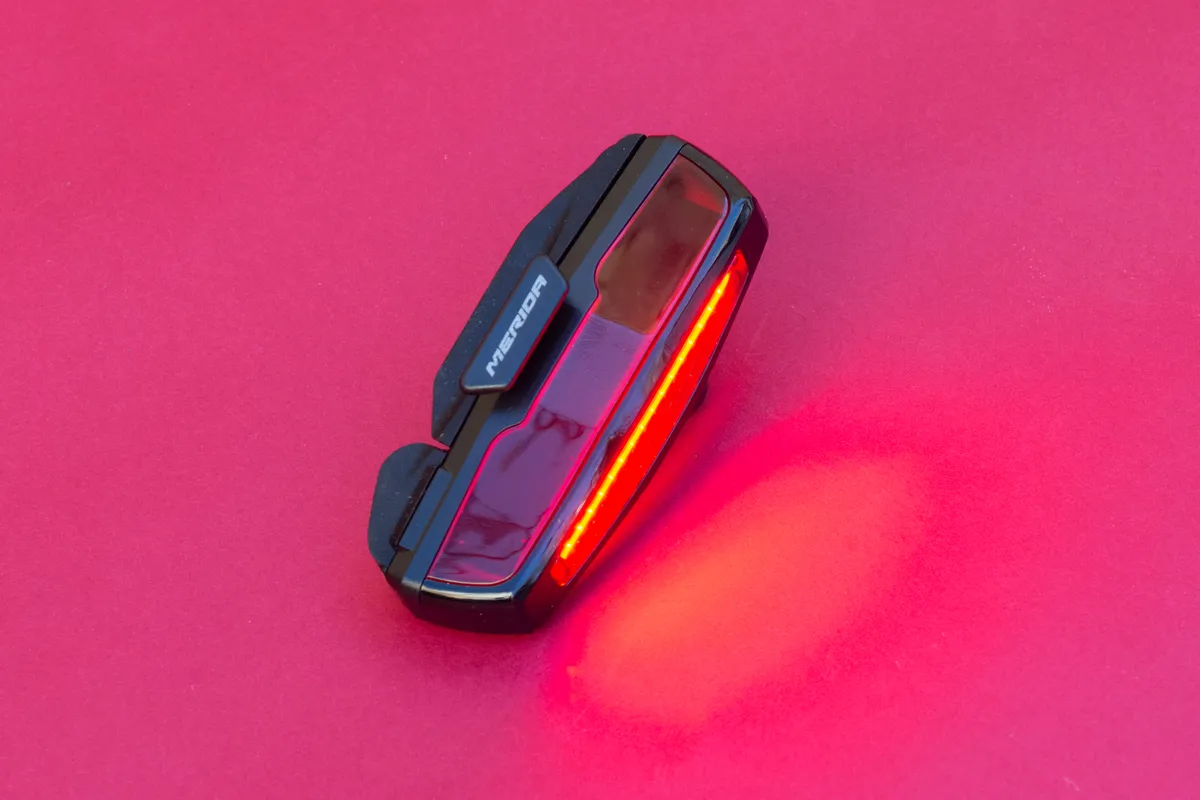
High-powered lights are essential for mountain biking but also extremely useful for road riding on unlit routes.
Even if a light is capable of putting out thousands of lumens to provide daylight-like illumination, it will have multiple settings so you can select a less powerful option on urban roads, to save battery life and avoid dazzling other road users.
For more, see our guides to the best bike lights for road cycling and commuting, and the best mountain bike lights.
- Featured product: Merida Super Bright Aero Rear Light
Pump, spares and tools
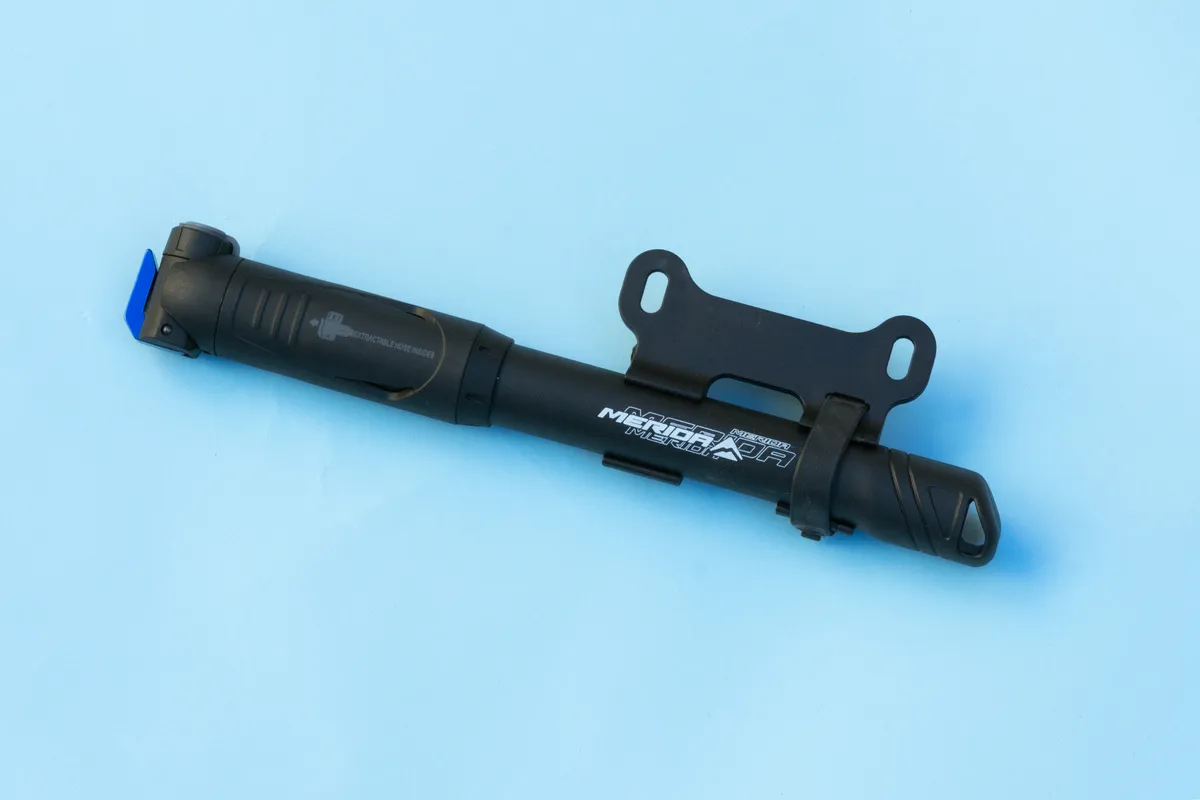
As the Scouts say: “Be prepared.” Carry a multi-tool, tyre levers and a spare inner tube or two in a small saddle bag so they’re always there when you need them. And there’s no point having a spare tube if you can’t inflate it, so make sure you have a pump or CO2 inflator.
A full-size pump will help you to get a tyre back up to pressure faster, but a mini-pump has the advantage of being, well, mini and can easily be carried in a bag, on your bike or in a jersey pocket.
- Featured product: Merida Eco Mini Road Hand Pump
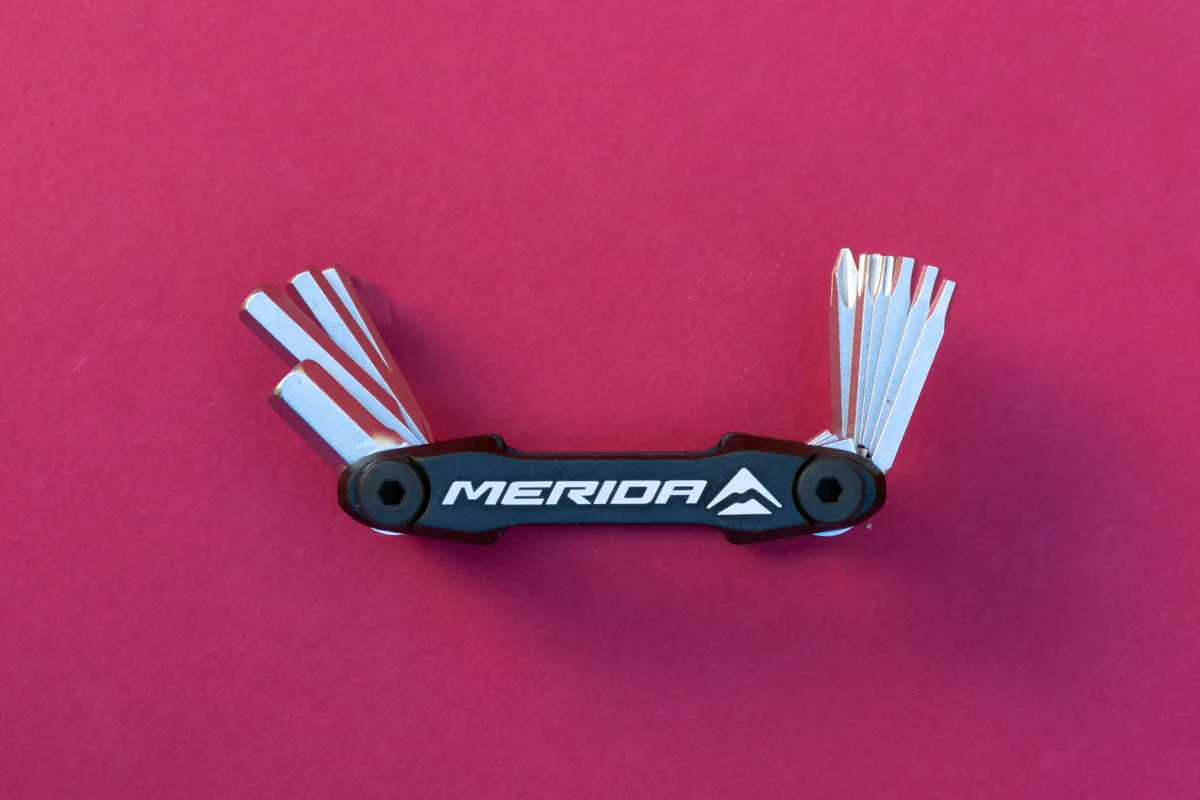
If you’re a road cyclist with a dedicated winter bike, a frame pump is a worthwhile addition to your off-season setup. Our guide on how to choose a bicycle pump has more.
There's a wide range of options out there when it comes to multi-tools. Some offer the basic tools required for quick on-the-bike adjustments, such as changing your saddle height or tightening loose bolts; others are equipped for more significant repairs.
- Featured product: Merida 11-in-1 Multi-Tool
Mudguards/fenders
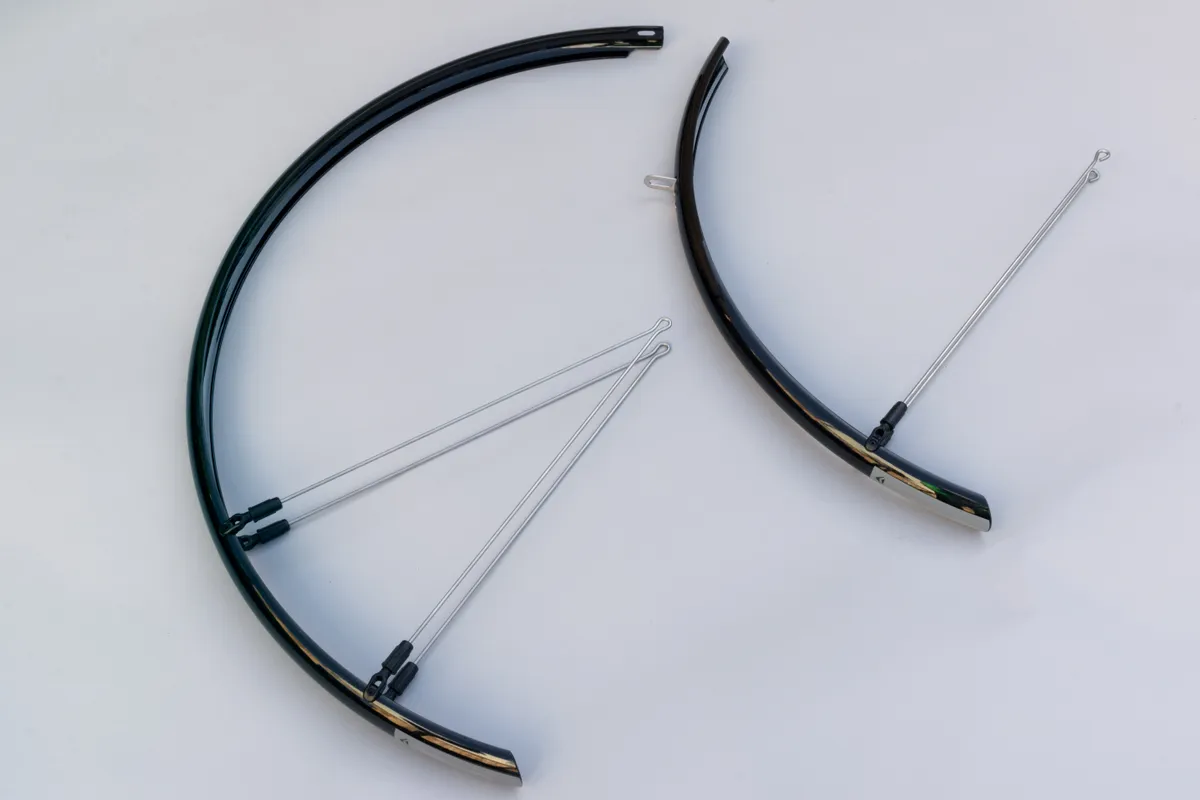
Mudguards (or fenders) are a vital component of any everyday bike if you live somewhere with a wet climate.
Few bikes come equipped with them because they don’t look racy (or particularly aspirational), but if you’re going to do more than ride on sunny days, mudguards will help to keep the spray from the road down where it belongs.
Even if it’s stopped raining, you’d be surprised how wet you can get if the roads are still damp – particularly your feet, lower legs and backside.
As well as helping to keep you warm and dry, mudguards will protect your components, and prolong their lifespan as a result.
Many entry-level road and hybrid bikes have the necessary mounts on the frame for full-length mudguards. They mount directly to the bike and offer comprehensive coverage at the front and rear.
There are also clip-in mudguards that fit bikes without mounts. They vary in effectiveness but the best ones, such as Crud Roadracers, provide plenty of protection.
For more buying advice, head to our guide to the best mudguards.
- Featured product: Merida Stripe Fenders
Bottle cage and bottle
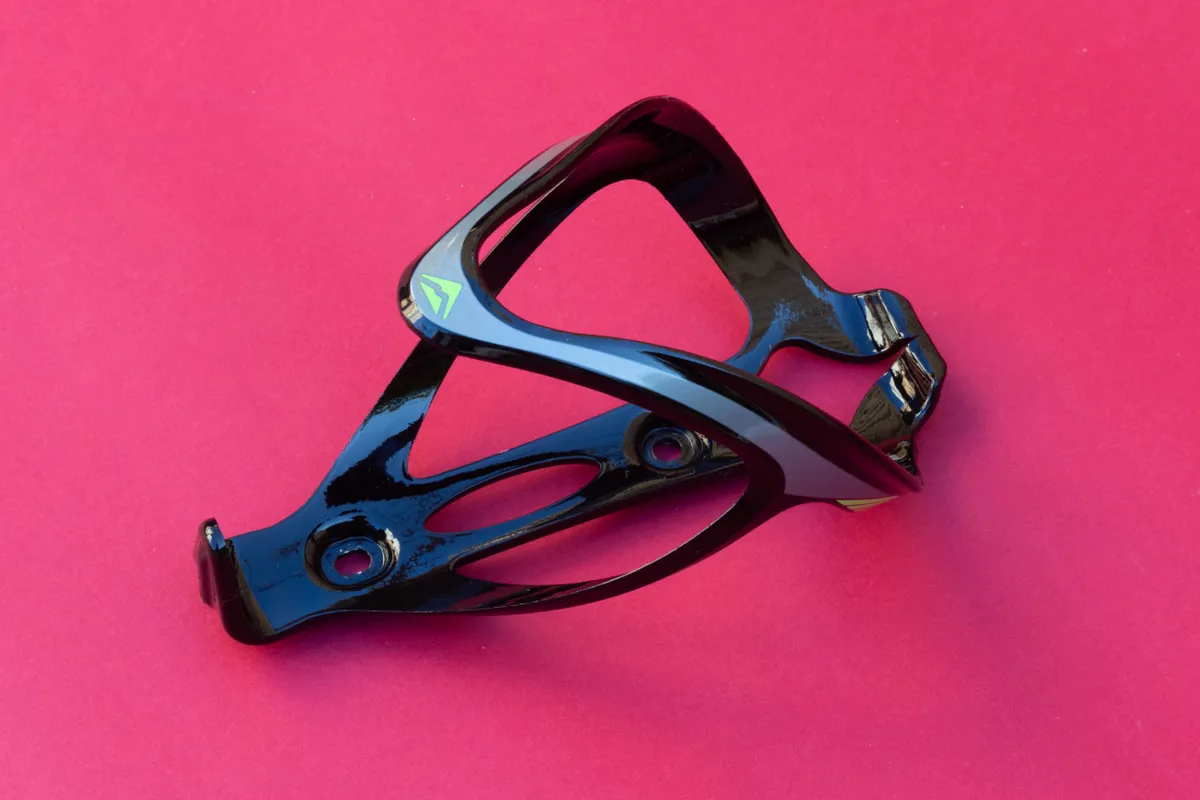
If you’re riding any considerable distance, you’ll want – and need – to stay hydrated on the bike.
You have a few options, including a backpack or hip pack with a hydration bladder, typically favoured by mountain bikers, but for road cycling and commuting, a simple water bottle and cage will do the job.
- Featured product: Merida Plastic Standard Bottle Cage
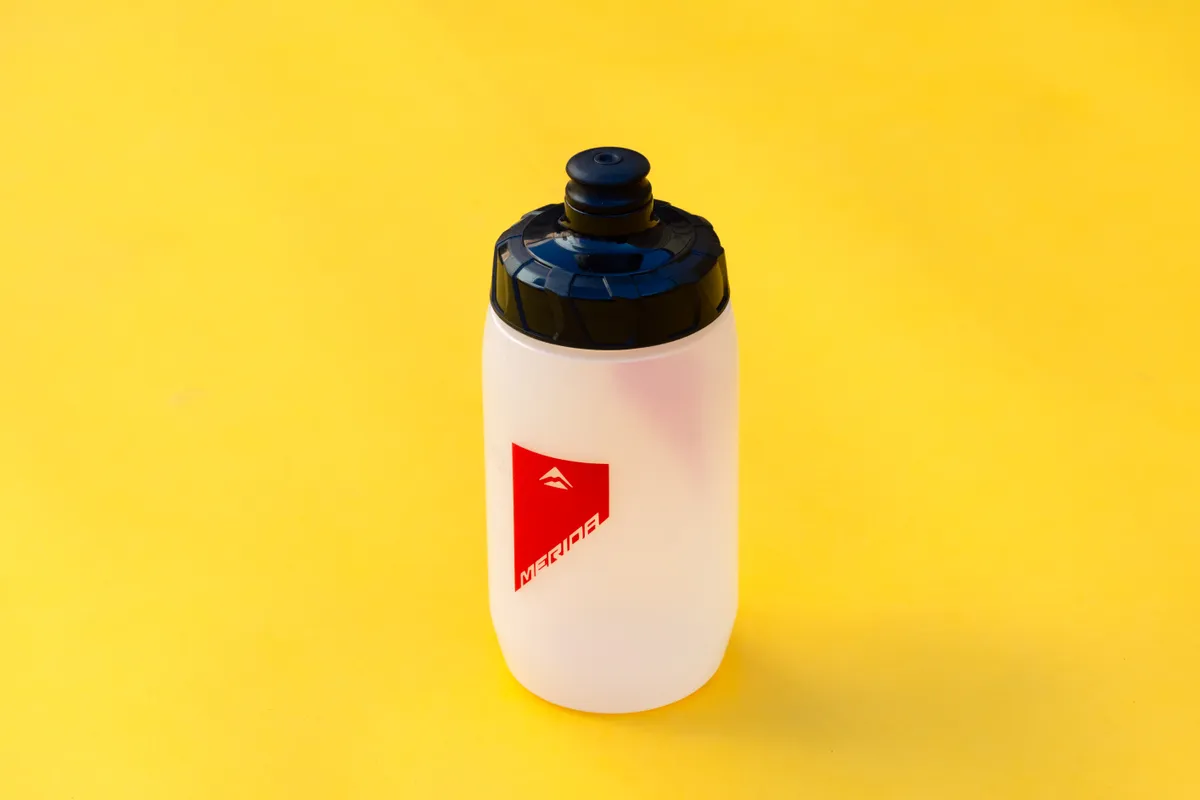
You can fit a bottle cage to most bikes via the bosses on the down tube and seat tube, and using a bottle means you’re not lugging that liquid around on your back.
- Featured product: Merida Classic Bottle
Nice to haves
Helmet
Is a helmet essential? It depends. In some places, wearing a bicycle helmet is mandatory by law, but if that’s not the case where you are, cycling is actually much safer than you might think, especially if you observe a few simple techniques.
Your chances of having a serious crash just riding around town are very small, which is why you don’t see helmets on the heads of everyday cyclists in many European towns and cities. On the other hand, many people find wearing a helmet reassuring.
For types of riding where there’s a significant risk of a crash that doesn’t involve a motor vehicle, such as mountain biking, a quality helmet is a very sensible addition.
If a helmet’s going to be effective at all, it needs to be properly fitted and securely attached to your head, which means it should be level, covering your forehead, and the straps should be snug.
We’ve got guides to the best road bike helmets and best mountain bike helmets.
Bike clothing
Specialist bike clothing may look odd to newcomers – particularly on those of us who aren’t low body fat super-athletes – but it’s very comfortable, especially for longer rides.
The good news for the bashful is that you don’t have to ride head-to-foot in Lycra. Mountain bikers have long worn loose-fitting cycling shorts, with hidden padded liners and non-clingy jerseys. These look normal enough to wear down the pub for post-ride refreshments.
If your ambitions are sportier, we recommend you overcome your shyness and learn to love Lycra. Stretchy, close-fitting shorts move with your body and are completely breathable, so you don’t get too sweaty. Wear cycling shorts without underwear and wash them after every use.
Waterproof jacket
To keep the rain out, a cycling jacket needs to fit in the riding position, with a longer back and arms than a regular jacket so it doesn’t ride up or expose your wrists.
High-visibility colours and reflective materials are popular for obvious reasons, and the best waterproof jackets are both fully waterproof and breathable so you don’t get that horrible boil-in-the-bag feeling.
Mountain bike jackets tend to have a more relaxed fit than jackets designed for road cycling, and are often made from a tougher material to protect against snags and wearing a backpack.
Clipless pedals
As your skills improve, pedals that attach you firmly to the bike are definitely worth considering for road riding.
If you’re worried about how to use clipless pedals, don’t fret, being attached to the bike may feel unusual at first, but you’ll soon get used to it. It’s a rite of passage!
For mountain bikers, there’s more of a debate on flat pedals vs clipless pedals, but many riders still prefer the secure feeling of being clipped in.
If you do use clipless pedals, make sure you install and adjust your cleats properly, to avoid discomfort or injury,
Cycling shoes
Cycling-specific shoes have stiff soles so your feet don’t get sore or waste energy flexing over the pedals.
There are shoes with flat soles, but the majority have threads so you can bolt on the cleats used with clipless pedals.
Mountain bike shoes are sold with these threads recessed in the sole so you can still use them with regular pedals or walk in them – a great option for new riders – but road shoes leave the cleat exposed, making them much harder to walk in.
Bike computer
Want to know how fast you’re going and how far you’ve been? How about your heart rate or even a map of your route?
Computers cost from around a tenner for the cheapest, most basic models, up to hundreds of pounds or dollars for the best bike computers with GPS functionality and more data than you’ll know what to do with.
Eyewear
Almost an essential but listed here as a ‘nice to have’ by virtue of the fact you don’t need cycling-specific glasses.
Wearing glasses on the bike isn’t just about protecting your eyes from the sun, getting a fly, dirt or, worse still, grit in your eyes is no fun at all.
Choose glasses with as much coverage as possible and look for interchangeable lenses so you can adapt them to the conditions: dark for sunny days, clear for night and yellow or orange to make overcast days look cheerful.

